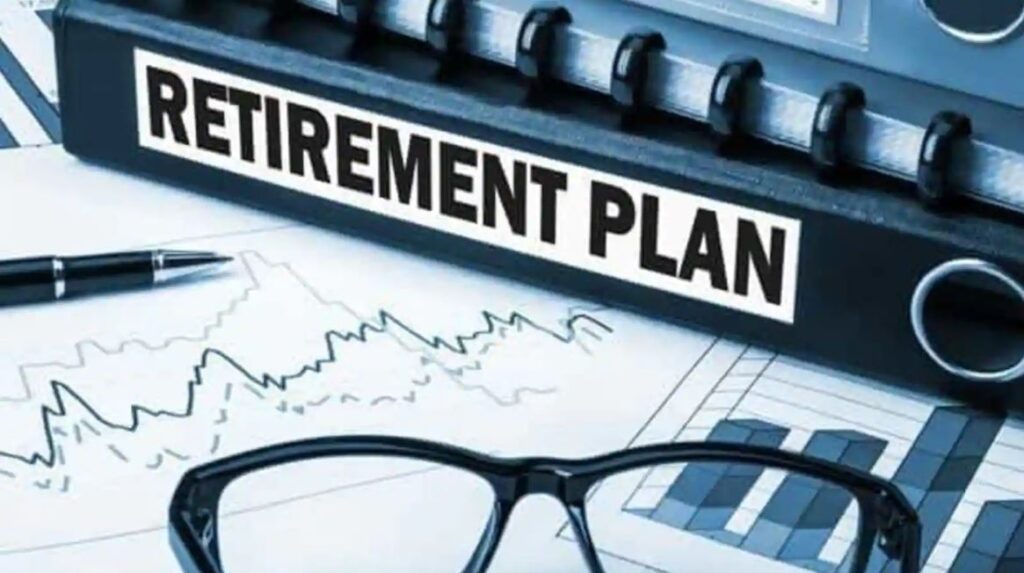What You Need to Know About Transitioning to Retirement Pension
Are you considering retirement but not quite ready to give up working altogether? Or do you have other worries when it comes to retirement? Some may wonder what the future holds for them, while it is good to take thoughts about these things but thinking without retirement planning is just a mere worry that won’t add any value to you. It is time to start consulting with a retirement planning to demystify every issue on your mind about transitioning from your work life to retirement.
With a TTR pension, you may access your retirement planning before you officially stop working. Incentives are provided by a pension plan as one approaches retirement. A transition to retirement (TTR) pension allows you to supplement your income by allowing you to access some of your super once you’ve reached your preservation age.
If you have enough super, a portion of your TTR pension might be tax-free. The remaining amount is subject to your marginal tax rate (which can be as high as 47% when the Medicare levy is added in), minus a 15% tax credit. However, at age 60, you can access your retirement savings tax-free.
Modifications to tax breaks
The TTR pension is no longer a retirement phase superannuation income stream. This means that the 15% profits tax that typically applies to super will be applied to the income generated by these assets.
In light of these modifications and the additional restrictions placed on the amount of money you may put into super, TTR pension schemes are now less tax efficient than they formerly were. There is still a possible advantage here because the tax you pay on investment gains outside of super might be higher.

Here’s how it could benefit you
To supplement their TTR pension, several retirees have increased their pretax payments to their retirement planning savings. This reduces their taxable income but decreases their actual earnings. They can make ends meet by supplementing their TTR pension with their own money.
Suppose you want to keep your full-time job but are unable to increase your retirement savings.
Now, a TTR pension payment can still come in useful for other reasons. For instance, if you have a mortgage or credit card debt that cannot be deducted from your income, paying it off before retirement might significantly ease your financial situation.
There are some circumstances to consider
How Old You Are
TTRs are only available to those who have achieved their preservation age, the youngest age at which they can begin withdrawing funds from their retirement savings.
Starting at 55 and progressively increasing to 65, the current preservation age is at least 59 for people who do not reach age 58 by 30 June 2021. It’s important to note that your eligibility for a TTR is age-based; those born on or after July 1, 1964, must wait until they turn 60 before applying for one.
Get in touch with a retirement planner at Omura Wealth Advisers to help you estimate when you will be able to withdraw your retirement savings.
The second rule is that you must take an income stream of between 4% and 10% annually from your retirement fund in order to utilize it. As part of the government’s reaction to COVID-19, the minimum pension payout has been lowered to 2% during the 2019-20 and 2022-23 fiscal years.
Because of this, you will be unable to withdraw a certain amount from your retirement account at any given time. On the other hand, everything changes once you reach the age of 65 or the usual retirement age of retirement.
Be proactive about your retirement planning early.
Your golden years should be a time of relaxation and enjoyment, not stress and hardship.
Therefore, beginning your retirement planning for a TTR pension as soon as possible will provide the most rewards. The more money you can put away in a retirement account, the more options you’ll have when you finally stop working.
When seeking an economical cheapest SMSF setup for a TTR pension, explore online platforms that offer user-friendly interfaces and comprehensive support. These platforms often provide affordable pricing plans, enabling individuals to efficiently manage their self-managed super fund and access TTR pension benefits.

The Plan for Leaving Work Behind and Entering Retirement
You may be able to gradually reduce your work week in the years leading up to your retirement, rather than having to leave the job cold turkey. You may cut back on your hours at work without sacrificing your take-home pay by implementing a transition to retirement pension (TTR) scheme and drawing an income from your superannuation.
Some of the money you withdraw as a TTR pension may be tax-free, depending on your age and the taxable and tax-free components of your super. The remaining 85% is taxed at your marginal rate (which can be as high as 47% when Medicare is included), less a 15% rebate.
It takes some careful math to get your TTR approach just right, which is why you should revisit it every year to make sure it’s still on track. If you want to be sure you’re getting the greatest results possible from your approach, seeing a financial advisor might be a good idea.
In retirement, it’s necessary to be occupied, but it’s also crucial to plan for your financial future.
This may necessitate adjusting to life on a more modest or irregular income than you were accustomed to during your working years. Create a retirement budget to get a feel for what you might expect in your golden years. See how well you can get by on this amount of money, but know that many Australians are eligible for additional income support through the age pension and other senior benefits. Tim adds, “Knowing where your money is coming from and going to is almost more crucial in retirement.” Superannuation pensions and government-age pensions may provide you with new streams of income, but they may also expose you to costs you hadn’t anticipated.
To sum up:
A TTR pension provides the opportunity to increase your retirement savings and reduce your taxable income while maintaining some control over your work schedule. It may be difficult though, so you may want to consider examining your alternatives with your financial advisor.
To know more, get in touch with a retirement planner at Omura Wealth Advisers to guide your decisions about retirement planning in Australia.

